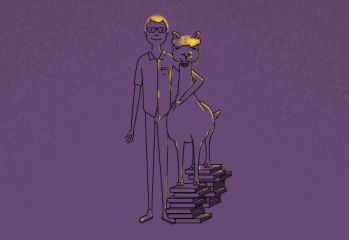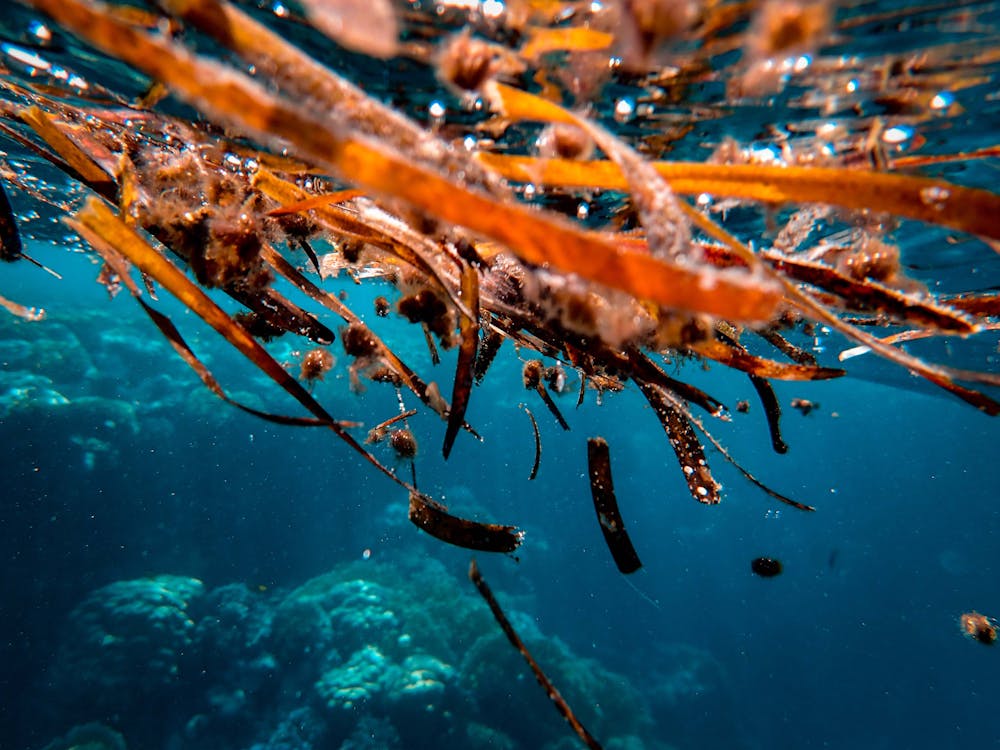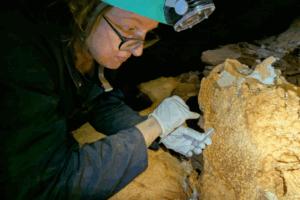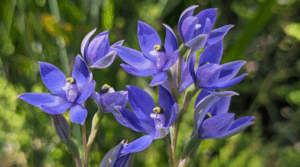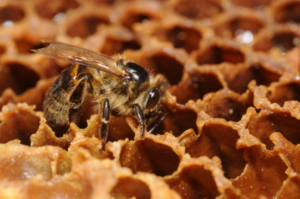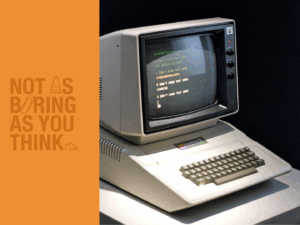With names like ‘slimy bag’ and ‘dead man’s fingers’, seaweed has a special way of capturing our imagination.
Seaweed is one of the oldest yet biologically simplest plants on Earth.
Unlike other plants that must coordinate their different structures to survive, seaweed cells have everything they need.
A small, broken-off piece of seaweed could continue to photosynthesise and grow on its own.
While its growth is simple, its reproduction is complicated.
Caption: Dead man’s fingers
Credit: Cottesloe Coast Care
UNLOCKING SEAWEED SECRETS
Dr Kathleen Drew-Baker, a scientist at the University of Manchester, discovered this two-stage life cycle in the 1940s on a seaweed called nori.
After almost a decade of experiments, she added oyster cells to the seaweed tanks and discovered a pink fuzz building up around the shells.
This fuzz turned out to be nori’s second life stage.
This discovery shaped the seaweed industry. It still uses Drew-Baker’s principle of growing the gametophytes on a substrate.
SIMPLE STRUCTURE, COMPLEX LIFE
Seaweed reproduces in two different stages.
The first stage is asexual, where seaweeds grow a patch of dark-coloured cells that release spores.
These spores come in ‘male’ and ‘female’ forms, which grow by replicating their own cells. This new growth is called a gametophyte.
The second stage involves female gametophytes releasing eggs and their male counterparts releasing sperm. These cells fuse to form baby seaweeds.
Caption: Seaweed life cycle
Credit: via NIOZ
NORI-SON NOT TO TRY IT
You may have eaten seaweed in sushi, but you may be unaware it’s in all sorts of other food products.
Seaweed is used as a stabiliser and thickener and can be found in ice cream, sauces and vegan milks.
High in protein, fibre and micronutrients, seaweed is gaining superfood status in the Western world.
In WA, many of our seaweeds are edible, and in most places it’s legal to take seaweed that has washed up on the beach.
From the golden kelp on the south coast, to dead man’s fingers off the Perth coast or sea lettuce in rocky tidal areas, WA’s seaweed is slowly being recognised for the value it holds.
